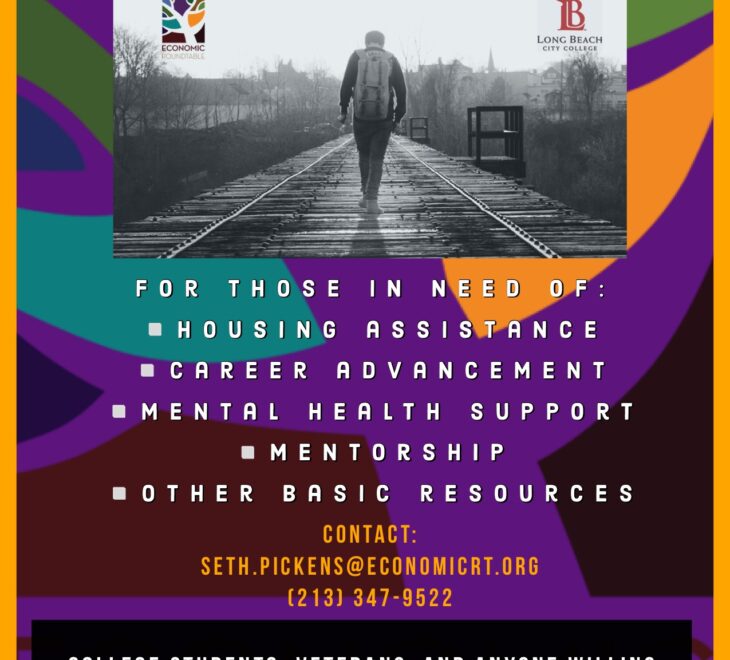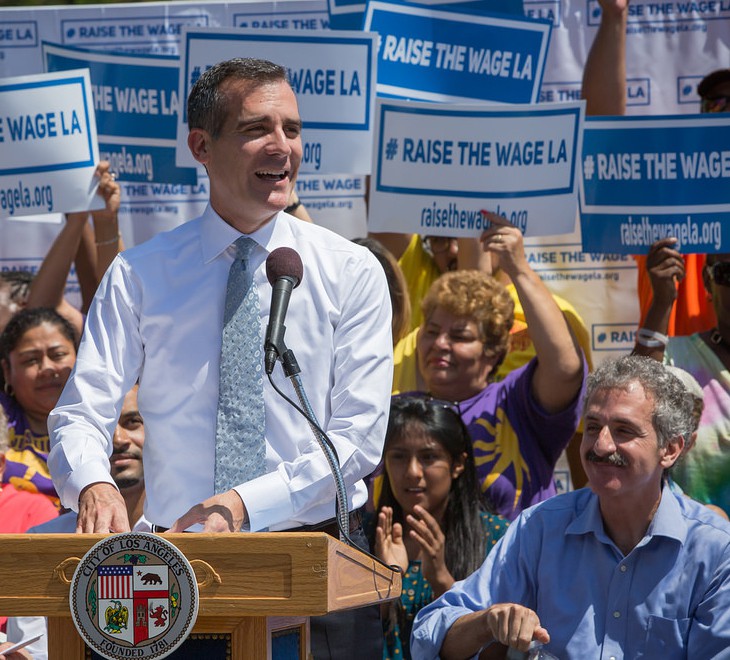Yesterday, at Clockshop’s counter-inaugural workshop, I joined Rudy Espinoza from LURN in talking about income inequality in Los Angeles and strategies to close the income gap.
The story I told began with the end of the cold war and the collapse of LA’s aerospace industry in 1989. We lost 240,000 jobs at defense prime contractors and a similar number of subcontractor jobs. LA lost 1,494,000 residents over the decade of the 1990s, and was saved from becoming another Pittsburg by the arrival of 1,018,000 immigrants from other countries. Today, 35% of LA County residents are immigrants and 57% speak a language other than English at home. The future of LA will be determined by the future of the children of immigrants.
Together with the rest of the United States, Los Angeles has become a place where it is harder to advance based on individual effort and hard work. The economic status of a person’s family has roughly the same influence as intelligence and effort in determining children’s incomes when they become adults. Do we want a future in which our children are only half way free to build a better life for themselves?
Today, two-thirds of lower-income adults worry a great deal about hunger and homelessness. Surprisingly, 37 percent of upper-income adults share the same anxiety.
To varying degrees, most Los Angeles residents experience wage stagnation, pay more than they can afford for housing, worry about their children’s futures, glimpse the threat of poverty, and worry about homelessness. These burdens and threats fall most heavily and most frequently on the immigrant poor, Latinos and African Americans. The question for all of us is, what concrete action can we take to make Los Angeles a fairer, more equitable and more inclusive home for the workers we depend on in our daily lives?
Click here to download my presentation, and click here to listen to the sound track of our discussion.













